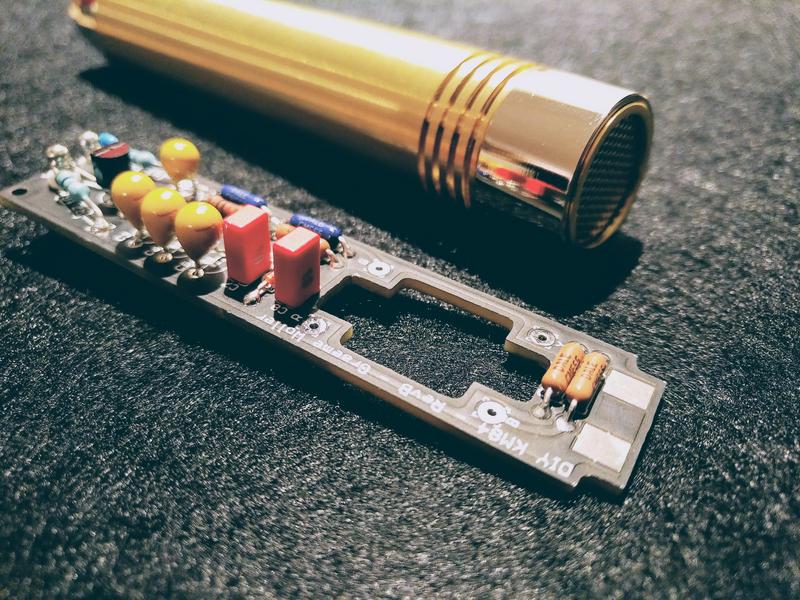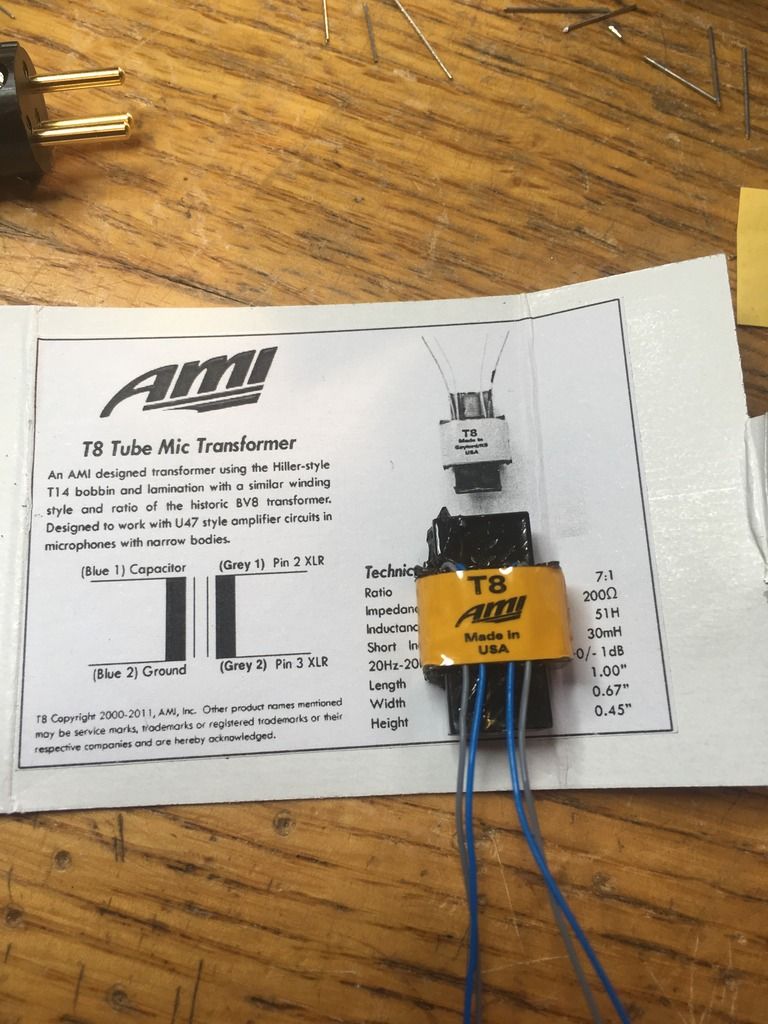iturnknobs
Well-known member
...and here is where I am attempting to check signal at fet drain which also is the junction of C2, C4 and R4. I do not seem to be reading anything with my scope. I have double checked scope operation by referencing the injected signal. I have tried this with phantom power applied and not. 48v does not seem necessary for this calibration. I have built 2 of these mics and each is the same. I thinik I am either making a silly mistake or my FETs are no good. Seems odd that 2 would be bad, but I did buy "real" 2N3819s off eBay from someone in the UK. Any ideas?





